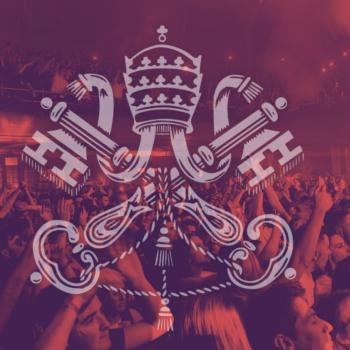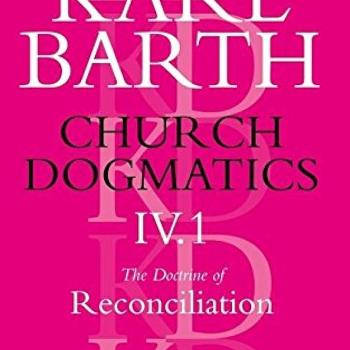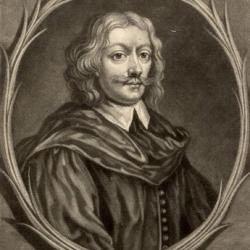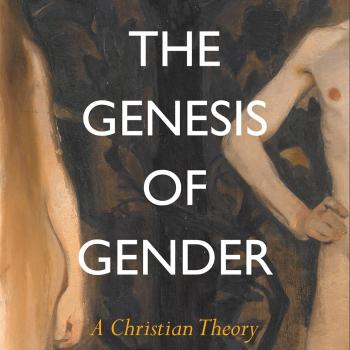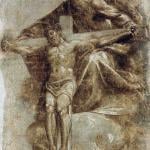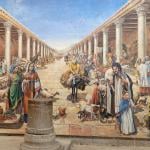With respect to the mission of a university and the role of theology therein, few books have been invoked more than John Henry Newman’s The Idea of a University—based on lectures that he gave after being tapped by Britain’s hierarchy to found a Catholic university in Dublin in the 1850s. While the book is sometimes touted as a distinctively Catholic undertaking, its outlook probably depended more on Newman’s own very Anglican experiences at Oxford in the first half of the nineteenth century.
This was made possible due to the fact that neither Oxford nor Cambridge, because of England’s splendid isolation, experienced the turmoil and change that characterized higher education and academic theology on the Continent after the French Revolution. Both universities, but especially Oxford, remained essentially outposts of the Anglican Church with its generally reactionary stance toward the mayhem and bloodshed of revolutionary Europe. Oxford’s quasi-monastic colleges, its tutorial system, its mandatory religious tests, and its general Burkean reverence for tradition and reformist gradualism made it a world apart from the University of Berlin (f. 1810), the prototype of the modern secular research university, and the statist-scientific “Imperial University” (f. 1808) created in France during Napoleon’s reign and on top of the ash heap of France’s once renowned medieval university system.
As is widely established, Oxford’s insularity provided the intellectual and spiritual soil for the Tractarian or Oxford Movement to take root and grow. In the view of Tractarians (i.e., those who wanted to move the Church of England in a more traditionalist direction), the mission of the university remained fundamentally religious, theologically grounded, a training ground in virtue and the cultivation of noble sensibilities, and not an institution dedicated to progressive science nor an appendage of the state as models on the Continent would seems to suggest. But it should also not be a seminary–only for the training of priests—such as the Collegio Romano in Rome. E. B. Pusey perhaps put it best in his submission to the Royal Commission on Oxford University in 1852: “The problem and special work of the University, is not to advance science and make discoveries . . . but to form minds religiously, morally intellectually, which shall discharge aright whatever duties God, in his providence, shall appoint them.” Science should be advanced, Pusey also held, but that was the job of scientific academies, such as London’s Royal Institution.
Pusey’s view, argues Mark Chapman in an article provocatively titled “Newman and the Anglican Idea of University,” also colored Newman’s conception of a university. Newman was not unfamiliar with Catholic theological trends on the Continent, but like so much else in the mind of the recently canonized Cardinal, he stood aloof from them. Ultramontanism (i.e., strict orientation to Rome), a return to scholasticism, and, not least, teachings of Papal Infallibility, were simply not his cup of tea—views that led him to court censure on several occasions. But this very aloofness arguably helped him sow the seeds for an Anglican vision of the University, while also suggesting a way forward for Catholic theology once Neo-Scholasticism (a return to Thomas Aquinas et al.) had run its course in the twentieth century. As Mark Chapman writes: “Newman’s experience of education as a pastoral and religious task stayed with him: a changed understanding of authority [i.e., his conversion to Catholicism] did not mean he was to reject his understanding of connecting faith and life: his Idea of a University is in marked continuity with his Oxford experience. The intellect and will were mutually determinative of one another. Similarly, religion was no separate sphere of life but one with intimately connected with the pursuit of truth itself. Indeed, the catholic ethos nurtured in Oxford survived in Dublin, but it was [there] shorn of its connection to the Anglican synthesis.”
Perhaps it is pedantic to argue over whether Newman’s educational ideas, finally, were more Anglican or Catholic, for certainly Catholics too wanted to connect faith and life. Whatever the case, every educated Christian should know this work—its strengths and its shortcomings. Chapman’s article, moreover, can be found in the Journal of the History of Modern Theology (vol. 188, pp.212-27). Also of value is Fergal McGrath, Newman’s University: Idea and Reality.
Happy reading.





